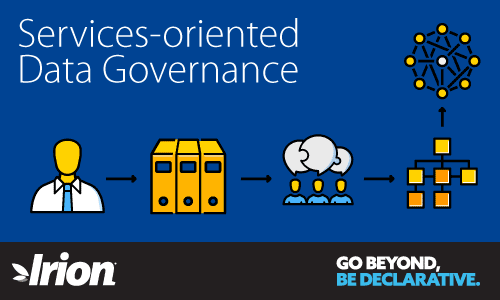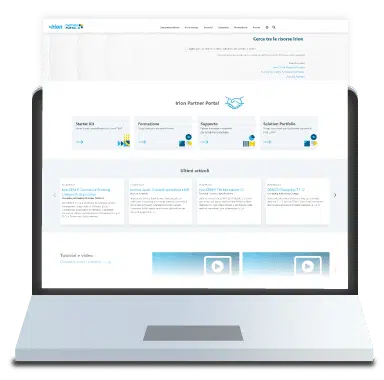Data governance means the governing of a company’s data management processes.
Often processes are cross-functional, they cross and involve more organizational units. Data governance is interesting: the chief data officer (CDO) is flanked by the roles of data owner, data user, application owner and data steward.
In a widespread data governance system, these roles involve a substantial part of the organizational units of the company. Many of them play even more than one role depending on information fields.
For example:
- CFO, or an organizational unit that depends on it, can simultaneously be a data user of the sales data received from the sales department and data owner of the balance sheet data. In general, roles are assigned to organizational units made up of people whose main function is not data governance; but the data governance system can not function without their contribution.
The first problem CDOs face is making things happen with resources that do not depend directly on them. It is an operational problem with organizational implications as well as a cultural problem. It is not enough bringing awareness to data as a fundamental business asset in the digital transformation era, we must also understand that this asset is not obvious, it perishes, loses its value and turns into risk if it is not adequately protected, manned, guaranteed with everyone’s participation.
The challenge is moving from an episodic, voluntary approach to a less coercive system, maintained and consciously engaged. Each CDO addresses this challenge differently, also based on contextual conditions. One of the most effective ways to make this widespread system work is to organize data governance processes in order to “expose” a series of services that are as concrete and perceptible as possible for the company.
The simplest example is obviously that of data quality:
- An automatic control system detects anomalies that activate information services, which can be provided in the form of periodic reports, email notification to data owners and data users of the data involved, or operational services such as the start of a structured workflow of remediation of anomalies.
- It is also possible to provide a reporting and tickets that concern data quality problems.
It is possible to organize a data governance services catalog for other government perspectives Information related to retention data policy, structured in the form of metadata, provides an important contribution in determining the admissibility of a request for personal data cancellation by an interested party, as provided by the GDPR. In the context of initiatives to review organizational procedures or changes to IT applications, application owners, but also organizational units outside IT, are particularly useful for determining the impact that these interventions can have not only on systems but also on business processes, starting from metadata related to the data involved.
A service-oriented model is in fact a natural extension to data governance processes of the “declarative” paradigm, according to which all the automated technical complexity is made transparent to the user and is automatically solved by the service manager, be it a technology or an organizational system. The essential element for the provision of data governance services is the metadata management system, the company safe, administered by the CDO, in which they enter, are stored and are disseminated through the catalog services all the information related to the data of interest of the organization.
While “services” is another way to call processes, there is a difference. In a service-oriented approach, every process must answer the question:
- What is the purpose of this process?
- What specific questions or needs can you answer?
The questions will not always be the same. Over time, organizations will establish new processes to respond to market opportunities and new regulations. Consequently, the “offer” of the corporate governance system must adapt to these new needs (if not anticipate them), ensuring over time the availability of all the metadata necessary to provision services. Therefore, a metadata management system must respond to characteristics of dynamism and flexibility, in terms of content as well as structure. This instrumental characteristic is a necessary condition for the vitality and success of a useful and future-proof data governance system.
















